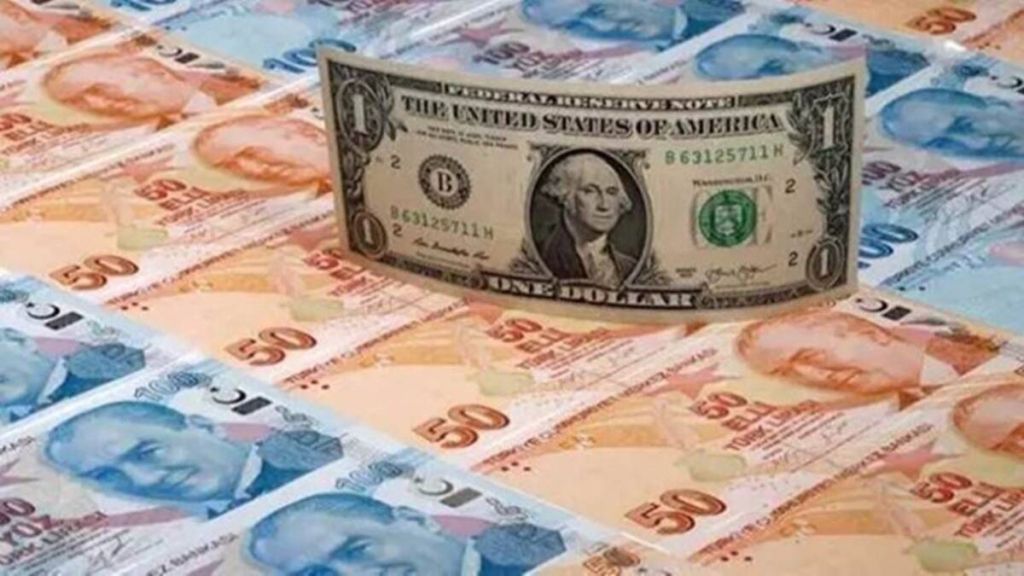Reply To:
Name - Reply Comment

India is eyeing $100 billion in annual foreign direct investment (FDI) “in the next few years”, its IT minister said on Wednesday, as Prime Minister Narendra Modi seeks to attract investors ahead of a reelection bid.”We see 6-8% consistent growth rate over the next full decade, and this is based on a very clearly thought-out strategy. This strategy has four major engines,” Information Technology Minister Ashwini Vaishnaw also told Reuters in an interview at the World Economic Forum in Davos.
He listed the four engines as investment in infrastructure,- both physical and digital, lifting up those at the bottom pyramid of the population, boosting manufacturing, and simplifying processes underlying ease of doing business.
Foreign investors have bet big on India since Modi came to power in 2014, with the likes of Apple, Samsung , Kia, and Airbus expanding operations.This investment has come despite criticism from some executives who say Modi’s protectionist policies in sectors such as digital payments, manufacturing and e-commerce often promote local businesses to the disadvantage of foreign companies.
India attracted FDI inflows of $33 billion in the first six months of the current financial year that started in April 2023. It recorded FDI of $71 billion in the 2022-23 financial year.India expects its economy to grow by 7.3% in this financial year, the highest rate of any of the major global economies, but it still has large numbers of unemployed young people – a key issue in the upcoming elections.Vaishnaw compared hitting $100 billion with the inflows China attracted annually over more than a decade, adding investors now see India as the “most important investment destination”.
Vaishnaw has been overseeing India’s push to be a powerhouse in electronics manufacturing, a key plank of Modi’s business agenda. India is continuously engaging with Apple to boost that company’s manufacturing and retail presence in the country, Vaishnaw said. India is currently estimated to account for about 12-14% of global iPhone shipments.